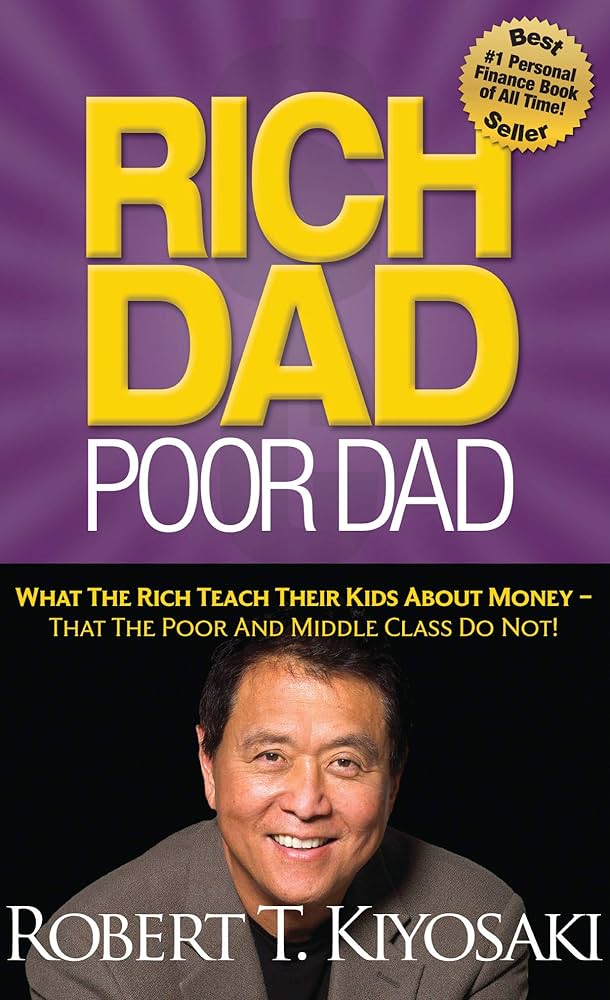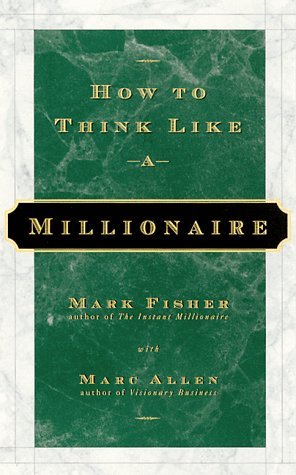
Rich Dad's Guide to Investing: What the Rich Invest in That the Poor and Middle Class Do Not!
Book Description
Unlock the secrets of wealth that the wealthy have kept hidden from the rest! In "Rich Dad's Guide to Investing," Robert T. Kiyosaki reveals the strategies and mindsets that separate the rich from the poor and middle class. Discover how the elite leverage assets, take calculated risks, and develop financial intelligence that transforms their fortunes. With riveting insights and practical tips, this guide will challenge everything you thought you knew about money. Are you ready to break free from financial ignorance and step into a world where you can build lasting wealth?
Quick Book Summary
"Rich Dad's Guide to Investing" by Robert T. Kiyosaki lays out the fundamental differences in mindset and strategy between the wealthy and the poor or middle class. The book emphasizes that becoming truly wealthy requires developing financial intelligence, understanding the difference between assets and liabilities, and acting upon opportunities with creativity and calculated risk. Kiyosaki argues that the rich focus on building and investing in assets that generate income, rather than merely earning and saving money. He also discusses how anyone can adopt a "rich mindset" by pursuing financial education, building networks, and viewing challenges as opportunities. By demystifying investing and wealth-building, Kiyosaki offers actionable steps for aspiring investors to change their attitudes about money and take control of their financial future.
Summary of Key Ideas
Table of Contents
The Importance of Financial Education
Kiyosaki begins the book by highlighting the critical importance of financial education. He asserts that conventional schooling teaches people to become good employees, not successful investors. The rich invest time and resources to develop financial acumen, which enables them to analyze opportunities and understand the mechanics of wealth generation. This knowledge provides the foundation for identifying good investments and avoiding poor financial decisions. Kiyosaki encourages readers to continuously educate themselves about money, markets, and economic trends, as these skills are essential for long-term prosperity.
Distinguishing Between Assets and Liabilities
A core idea repeated throughout the book is the fundamental distinction between assets and liabilities. The wealthy, Kiyosaki says, focus on acquiring and building assets—such as businesses, real estate, and investments—that generate ongoing cash flow. In contrast, the poor and middle class often accumulate liabilities, mistaking them for assets. By learning to identify true assets and prioritizing their acquisition, readers can begin to emulate the financial behaviors of the wealthy, setting themselves up for financial independence over time.
Leveraging Opportunities and Taking Calculated Risks
The author also stresses the need to leverage opportunities and take calculated risks. While risk is inherent in any investment, the financially literate learn how to evaluate and manage that risk to their advantage. Rather than shying away from uncertain opportunities, the rich analyze them through the lens of financial intelligence and act decisively. Kiyosaki advises readers to step outside their financial comfort zones, embrace challenges, and learn through experience and mistakes—a critical step towards building wealth.
Building and Using Networks
Another essential component of wealth-building in the book is the cultivation and effective use of networks. Kiyosaki highlights that the rich surround themselves with skilled advisors, mentors, and partners who complement their knowledge and resources. Networking opens doors to exclusive opportunities, insights, and partnerships unavailable to those who rely solely on their own expertise. Readers are encouraged to actively seek out and nurture beneficial relationships in order to maximize their investing potential and personal growth.
Developing the Investor's Mindset
Finally, Kiyosaki outlines the importance of developing the mindset of a true investor. This means adopting a long-term view, remaining adaptable in changing markets, and maintaining persistence despite setbacks. The rich approach investing as a lifelong learning process and are comfortable with ambiguity and change. By shifting their mindset—from fear and scarcity to confidence and abundance—readers can begin to act like the wealthy, build substantial fortunes, and achieve financial independence.
Download This Summary
Get a free PDF of this summary instantly — no email required.





